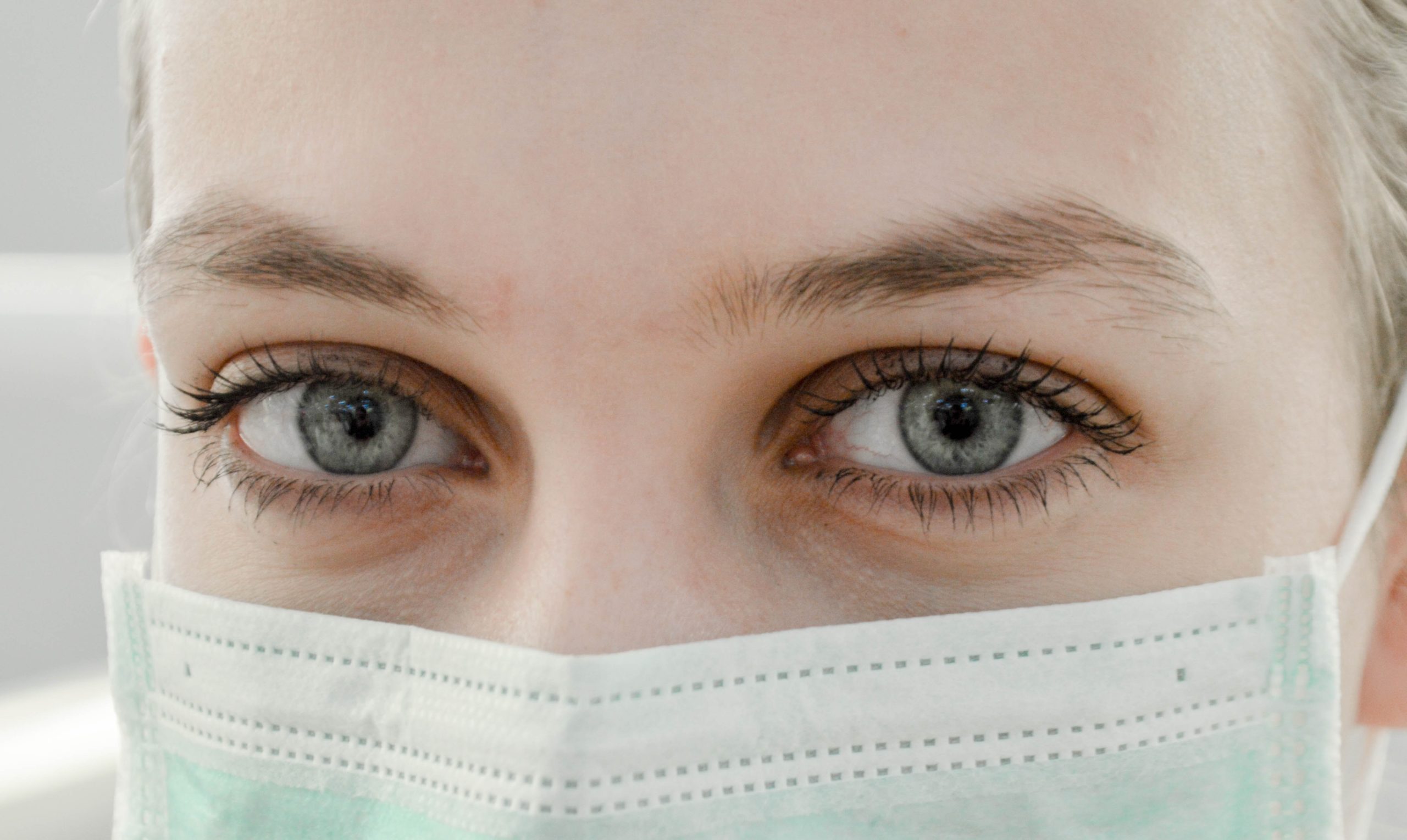It’s hard to have a conversation lately that doesn’t tie back to COVID-19 and the rapid spread of this virus. Hot takes and long-term impacts aside, what should you do if you or a loved one think you’ve caught the virus?
Symptoms
Unfortunately, the symptoms of the novel coronavirus, the flu or common cold are confusingly similar. The World Health Organization states that the most common symptoms of COVID-19 are “fever, tiredness, and dry cough,” with some experiencing congestion, achiness, diarrhea or a sore throat. Also concerning is the possibility that you can be seemingly healthy but still be a carrier for the disease, despite being asymptomatic.
Diagnosing
With an incubation period, meaning the time between contracting COVID-19 and presenting symptoms, of up to 2 weeks, it can be hard to decipher whether one is sick or not. This, coupled with symptoms that are reminiscent of the common cold or flu, can be confusing. These symptoms are initially mild but gradually build, leading to intense and sometimes fatal illness for some. Immunocompromised or older people are at a higher risk of catching the virus and quickly worsening. Wear a mask if you are sick or caring for someone sick, cover your coughs and sneezes and sanitize as much and as frequently as you can.
Seek Treatment
According to the CDC, the best plan is to call your doctor before seeking medical care. If your health is rapidly decreasing, liking increasing difficulty breathing or very high fevers, call ahead to your local emergency room and tell them your symptoms. Follow instructions from your healthcare provider and local health department in reference to checking and reporting symptoms.
Distance
If you think you might have caught the virus, the primary focus is limiting contact with others by staying home. For many, those with novel coronavirus experience minimal to mild symptoms and don’t need medical care. In this case, it is your responsibility to stay home and avoid rapidly spreading to your community. Avoid public transportation, crowds and contact with others to limit the transmission.
By Camille Graham

